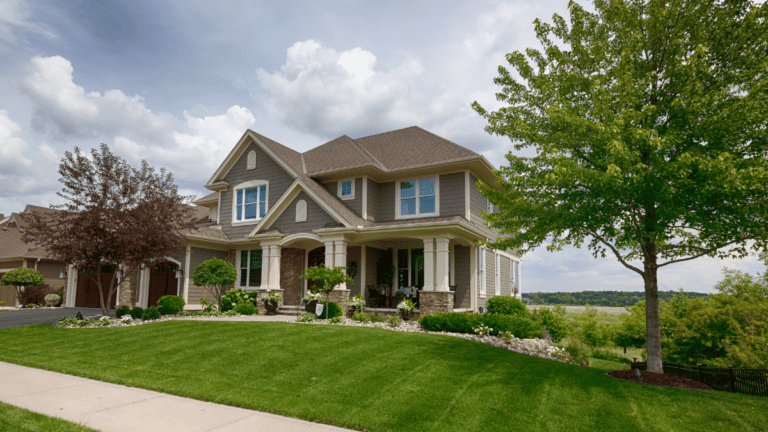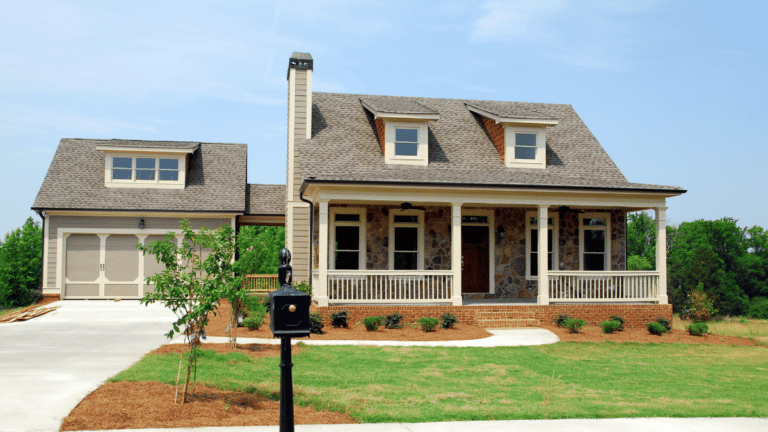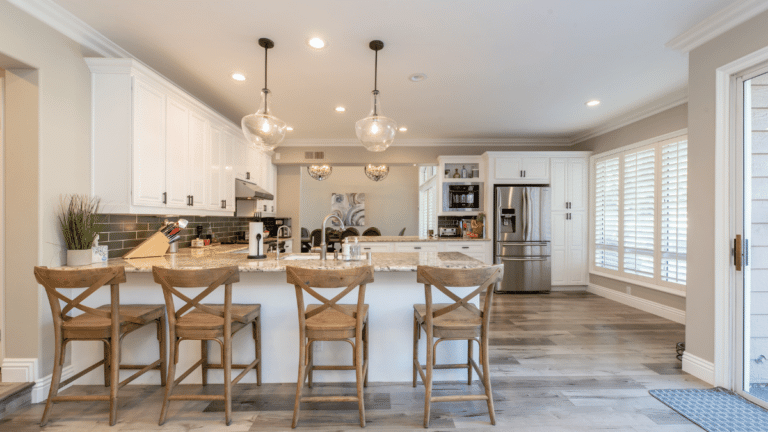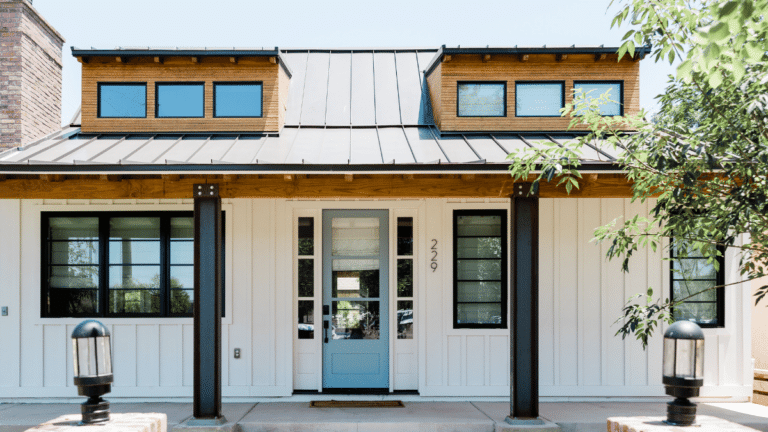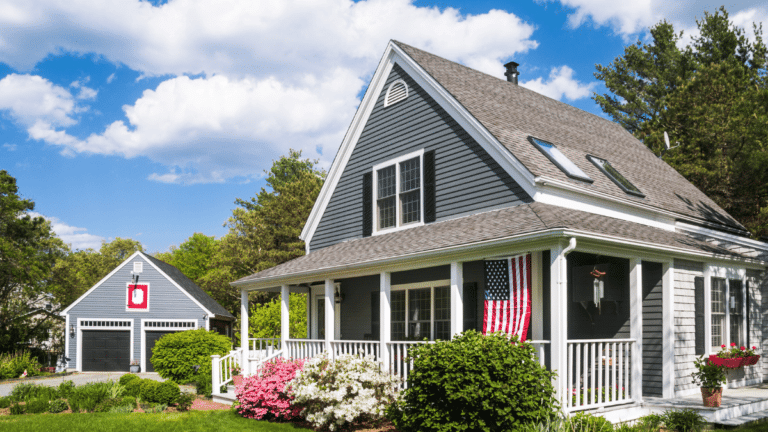Understanding Conventional Loans
A conventional loan is much like the trusty bicycle you rode to school — straightforward, reliable, and no fancy bells or whistles. In mortgage terms, it’s a loan that’s not guaranteed or insured by the federal government, which sets it apart from types such as FHA, VA, or USDA loans.
It’s typically facilitated by private lenders such as credit unions, banks, or mortgage companies. These lenders are the ones who set the terms and conditions. This flexibility allows for a customizable loan structure that suits a wide range of borrowers. However, with no government safeguard, lenders tend to be stringent about criteria like credit score and down payment.
Understanding conventional loans is crucial, as it lets you weigh your options and decide if it’s the right path for you.
Benefits of Conventional Loans
Opting for a conventional loan comes with several benefits, much like choosing to exercise regularly can lead to better health. They include:
- Flexibility: Conventional loans offer a lot of flexibility in terms of loan amounts, terms, and interest rates. Which is great for borrowers who like to keep their options open.
- Variety of Property Types: Whether it’s a standalone house, a condo unit, or a multi-unit property, conventional loans can be applied to a wide variety of property types. It’s like a one-size-fits-all hat!
- No Upfront Funding Fee: Unlike certain government-backed loans, conventional loans typically don’t have an upfront fee. This absence of an additional fee can be a big relief for many borrowers.
- No Mortgage Insurance Requirement: If you can make a down payment of 20% or more, you can avoid the mortgage insurance that other loan types might require. This can lead to significant cost savings over time.
How Conventional Loans Work
Navigating through the workings of a conventional loan can be likened to learning to drive – it might seem complicated at first, but broken down step by step, it becomes much simpler.
Here’s a simple explanation:
- Application: Begin by submitting an application to a private lender, such as a bank or credit union. The lender will assess your credit history, employment status, income, and other factors to determine whether or not you qualify for the loan.
- Loan Estimates: After application and initial credit check, the lender provides a loan estimate. This document outlines the terms, interest rates, and costs associated with the loan. It allows you to compare offers from different lenders.
- Underwriting: If you decide to proceed, the loan application then moves to the underwriting stage. The lender’s underwriter verifies your financial information and assesses whether the loan is an acceptable risk.
- Closing: Once the underwriter approves the loan, the lender will set a closing date. At closing, you’ll sign the final loan documents and make your down payment and closing costs payment.
- Repayment: After closing, you’ll start making regular monthly payments according to the loan’s terms until the loan is fully paid off.
Conventional Mortgage Requirements
Applying for a conventional mortgage is somewhat like applying for a college—you will need to meet certain criteria to make the cut:
- Down Payment: Typically, lenders require a minimum down payment ranging from 3% to 20%. The amount might vary depending on the lender and borrower’s financial health.
- Private Mortgage Insurance (PMI): If your down payment is less than 20%, you’ll need to pay for PMI. This insurance protects the lender in case of loan default.
- Credit Score: Most conventional loans require a good credit score, usually 620 or higher.
- Debt-To-Income Ratio: Lenders generally want your total debt—even with the potential mortgage—to be no more than 50% of your total pre-tax income.
- Loan Size: If the loan size exceeds the conforming loan limits set by the Federal Housing Finance Agency, it becomes a jumbo loan, with stricter requirements.
Types of Conventional Loans
There isn’t just one single type of conventional loan. In fact, they come in several flavors, to allow for more flexibility and options for borrowers. Let’s explore:
- Conforming Loans: These stick to the loan limits set by government-sponsored entities Fannie Mae and Freddie Mac. Currently, the limit for most areas is $766,550, though it can be higher in areas with expensive housing markets.
- Non-conforming Loans: When a loan isn’t compatible with the guidelines set by Fannie Mae and Freddie Mac, usually due to it being over the limit, it’s considered non-conforming or a “jumbo” loan. These typically have stricter requirements and higher interest rates.
- Fixed-Rate Loans: With this type, your interest rate remains the same over the life of the loan. It provides stability and predictability with your mortgage payments.
- Adjustable-Rate Mortgage (ARM): ARMs have interest rates that change based on market conditions. They usually start with a lower rate than fixed-rate loans, but they could go higher or lower in the future.
Conventional Loans And PMI
Private Mortgage Insurance, or PMI, plays a significant role in many conventional loans. Here’s what you need to know:
If you make a down payment on a conventional loan that’s less than 20% of the home’s purchase price, you’ll be required to pay for PMI. This insurance protects your lender in case you default on your loan.
The cost of PMI varies depending on your down payment and credit score but can range from 0.5% to 2.5% of your original loan amount per year. The good news is that you can request to remove PMI once you’ve built up 20% equity in your home.
Conventional Loans Vs. Other Loan Types
Just like deciding between a hot latte or cold brew depends on various factors, picking out the right loan type depends on your personal circumstances. Let’s consider how conventional loans stack up against other loan types:
- Conventional Loans Vs. VA Loans: Veterans Administration (VA) loans are available to individuals who have served in the military. Unlike conventional loans, VA loans require no down payment and do not require PMI. They also tend to have more lenient credit requirements. However, VA loans do carry a funding fee that can be rolled into the total loan amount.
- Conventional Loans Vs. FHA Loans: Federal Housing Administration (FHA) loans offer less stringent credit requirements and lower down payments than conventional loans. However, FHA loans require a mortgage insurance premium, which can make them more expensive over the long run.
- Conventional Loans Vs. USDA Loans: USDA loans are for buyers in eligible rural and suburban areas and often require no down payment. However, like FHA loans, they come with an upfront fee and a monthly insurance fee. Meanwhile, conventional loans can be used for any location and typically do not come with an upfront fee.
Conventional Loan Mortgage Rates
One of the key deciding factors when selecting a loan type will be the interest rates. The rates for conventional loans are influenced by several factors:
- Credit score: Generally, a higher credit score can help you secure a lower interest rate.
- Loan term: Shorter-term loans often come with lower interest rates but higher monthly payments.
- Type of interest rate (fixed vs. adjustable): Fixed rates stay the same over the loan’s lifetime, while adjustable rates may start low and change over time.
- Down payment: A higher down payment can often secure a lower interest rate.
Keep in mind these rates can vary from lender to lender, so it’s crucial to research and compare offers from multiple lenders.
Conventional Loan FAQ’s
What is the downside of a conventional loan?
While conventional loans offer numerous benefits, they do come with a few disadvantages. This includes potentially higher down payment requirements and stricter credit score standards compared to government-backed loans. Additionally, those unable to supply a 20% down payment will have to pay for private mortgage insurance.
Do you have to put 20% down on a conventional loan?
No, you don’t have to put 20% down on a conventional loan. However, if your down payment is less than 20%, you typically need to pay for private mortgage insurance.
What is better – a conventional loan or FHA loan?
The answer to this question often depends on your specific circumstances. FHA loans tend to be more accessible to those with lower credit scores and a smaller down payment. However, conventional loans may offer lower costs over the long run, particularly if you can put down 20% to avoid private mortgage insurance.
Is it hard to get a conventional loan?
Getting a conventional loan may be challenging if you have a low credit score or can’t afford a large down payment, as requirements are typically stricter than government-backed loans. Your income, debts, and other factors also matter.
What are the two types of conventional loans?
The two primary types of conventional loans are conforming loans and non-conforming (or jumbo) loans. Conforming loans follow the guidelines set by Fannie Mae and Freddie Mac and adhere to loan limit thresholds. In contrast, non-conforming loans exceed those limits.
Why do realtors prefer conventional over FHA loans?
Realtors may prefer conventional loans because they can be less complicated and quicker to close than FHA loans. Additionally, FHA loans have property standards that homes must meet, potentially requiring sellers to make repairs.
Why would someone want a conventional loan?
Conventional loans offer potential advantages such as flexible terms, various property types, no upfront funding fee, and cancellation of private mortgage insurance once 20% equity is reached.



